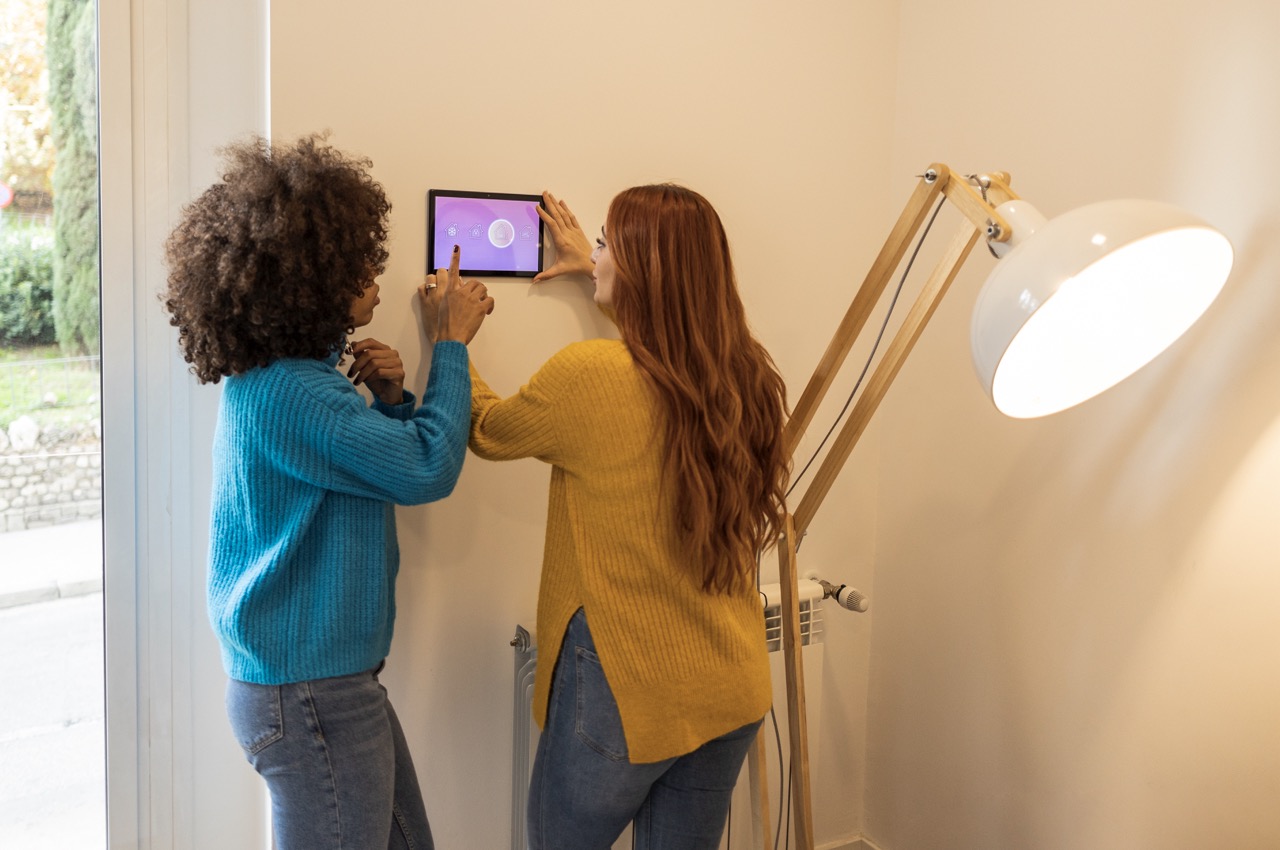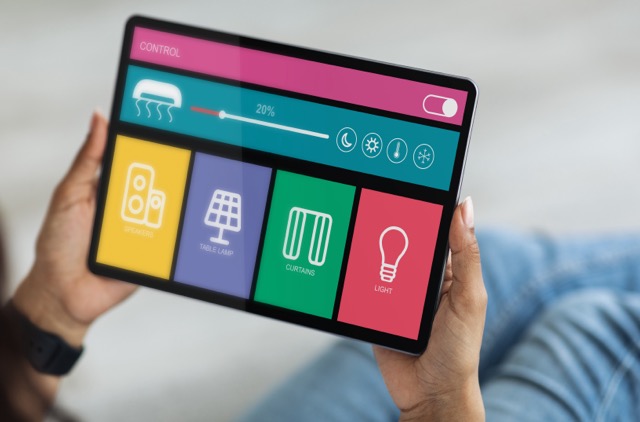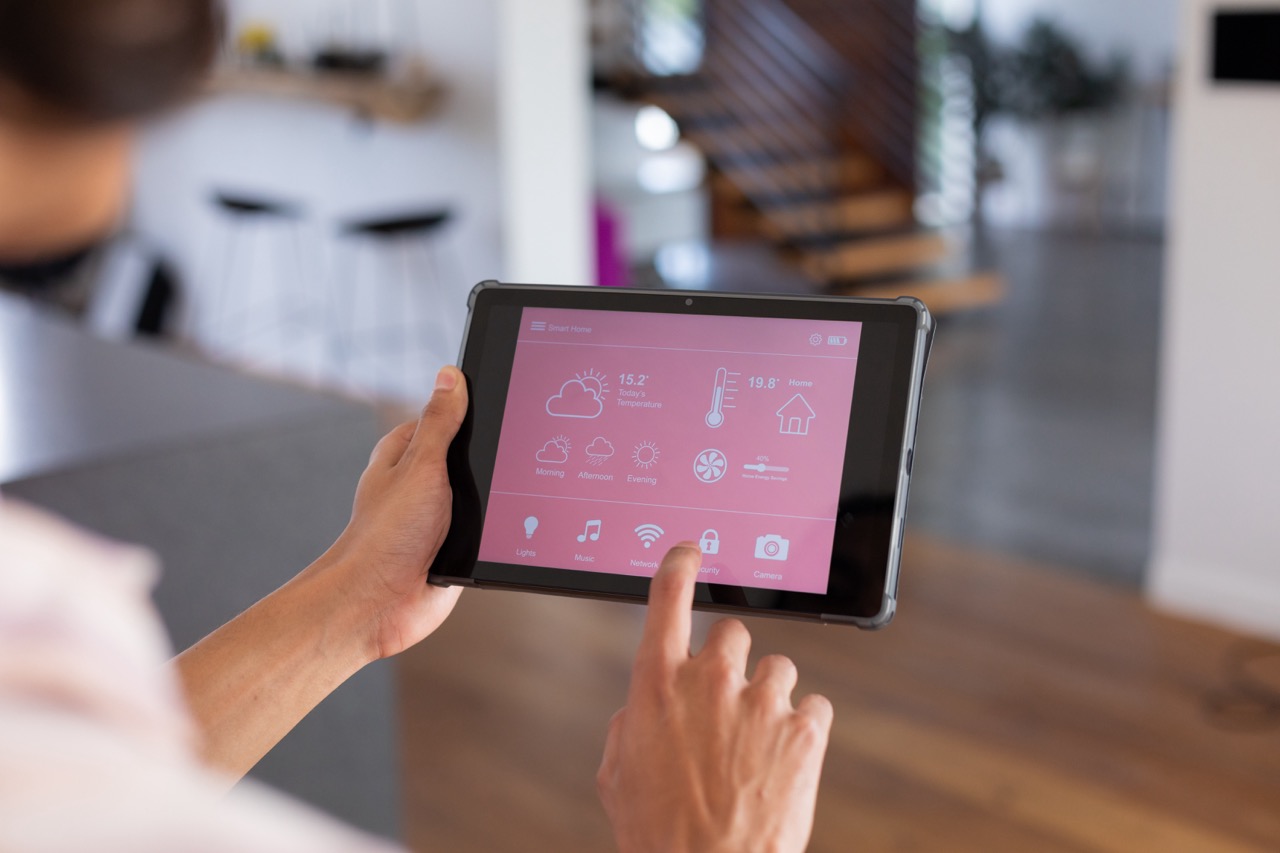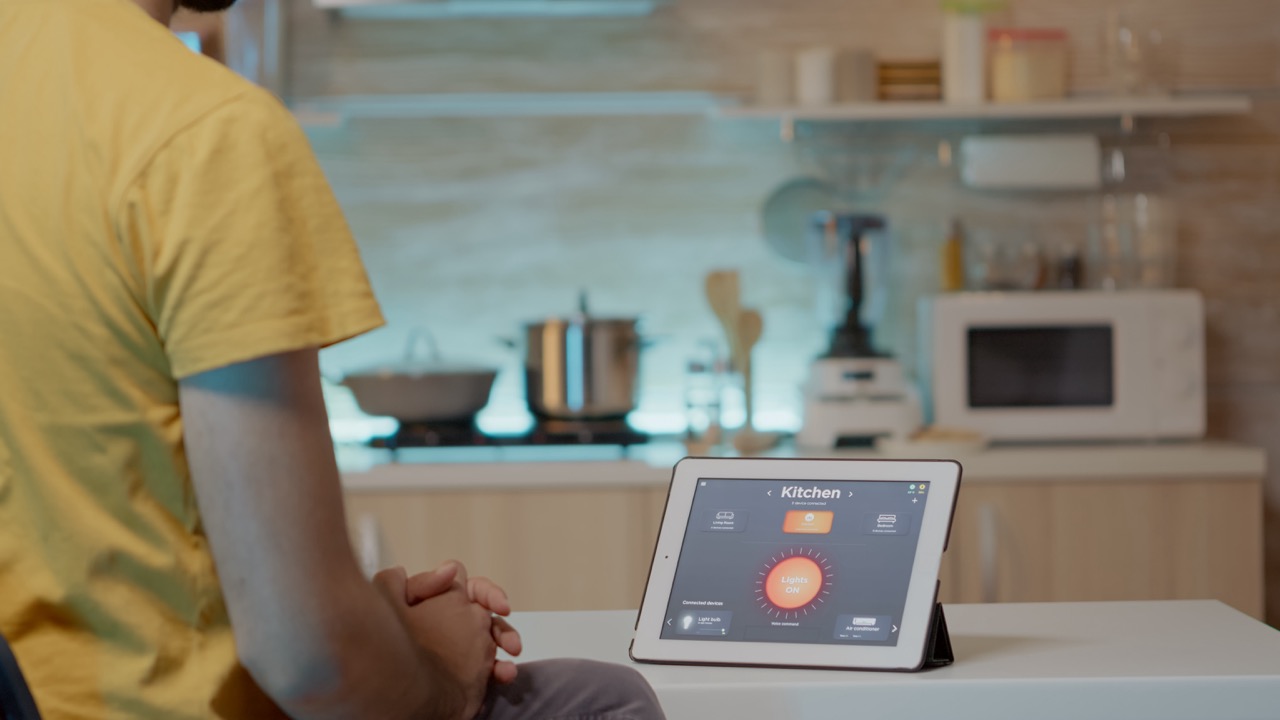In today’s high-tech world, building a fully automated smart home might sound like a luxury reserved for the wealthy, but with strategic planning and smart choices, anyone can turn their residence into a cutting-edge, automated haven without breaking the bank. A smart home not only offers convenience and a cool factor but can also improve energy efficiency, enhance security, and increase property value. This article explores how to assess your specific needs, select cost-effective technology, and strategically integrate systems to create a sophisticated, budget-friendly smart home that can evolve with technological advances.
1. Assessing Your Smart Home Needs: A Primer
Before diving into the world of smart homes, it’s crucial to understand what you truly need from an automated system. Assess which aspects of your daily life could benefit most from automation—be it security, lighting, heating, or entertainment. Start small; you don’t need to automate everything at once. Focus on functionalities that will offer the most significant improvement in convenience and cost savings. Moreover, consider how these needs may evolve over time. Your home automation should not only address current requirements but also anticipate future needs.
Knowing the difference between wants and needs is essential in a budget-conscious smart home project. Luxuries can wait—essential upgrades cannot. For instance, if safety is a priority, smart locks and security systems should top your list. However, if cutting down utility bills is more critical, smart thermostats and lighting would be ideal starting points. Also, factor in the size and layout of your home, as they will influence the type and number of devices required for a comprehensive system.
Lastly, involve all household members in this assessment phase. Ensuring everyone’s needs and expectations are aligned can prevent unnecessary expenditures on unwanted features. Family input is invaluable not only in fine-tuning the list of requirements but also in ensuring the adopted technology will be utilized effectively by all.
2. Choosing Budget-Friendly Smart Home Tech
Selecting the right technology is pivotal in building a smart home on a budget. Opt for modular, scalable devices that can be expanded or upgraded without having to replace the entire system. Brands like Wyze, Xiaomi, and TP-Link offer affordable, reliable smart home products that provide much of the functionality of their higher-priced counterparts. Moreover, choosing common platforms like Google Home or Amazon Alexa can make adding compatible devices later more seamless and cost-effective.
Comparison shopping is your ally here. Look for sales, refurbished models, or open-box items that can significantly lower costs. However, ensure that low cost does not compromise the quality or security of the product. Online reviews and tech forums can be great resources to gauge the performance and reliability of budget-friendly smart devices.
Additionally, consider adopting devices that work with a wide range of different technologies. Devices that support protocols like Z-Wave or Zigbee can communicate with numerous other products, making them a versatile choice for a growing smart home system. This interoperability can save money and technical headaches in the long run.
3. DIY vs. Professional Installation: What’s Best?
For the hands-on individual, DIY installation can be a great way to save money when building a smart home. Many smart home devices are designed with the average consumer in mind, offering straightforward, step-by-step instructions that one can follow without much technical expertise. Video tutorials, online forums, and customer service can also provide additional guidance.
However, for more complex systems like whole-home automation or intricate security setups, professional installation might be worth the extra cost. Professionals can ensure that the system is set up correctly and securely, potentially saving you from costly mistakes in the long run. Moreover, some warranties and insurance policies may require professional installation to remain valid.
Balancing the pros and cons of DIY versus professional installation requires a realistic assessment of your skills, the complexity of the devices, and the potential long-term benefits of hiring a professional. Sometimes, a hybrid approach works best—install simpler devices yourself and leave the more complex systems to the experts.
4. Maximizing Efficiency with Integrated Systems
The true power of a smart home lies in integration. A system where devices communicate with each other can enhance convenience and increase energy efficiency. For example, a smart thermostat that adjusts based on whether windows are open or closed, or lights that dim when the TV is turned on, can significantly reduce unnecessary energy usage.
To achieve this, select a central hub that all your devices can connect to. This hub serves as the brain of your smart home, allowing for seamless communication and automation across devices. It simplifies the management of your home and can offer insights into usage patterns and potential savings.
Moreover, consider software solutions that allow for routines or scenarios. These can automate multiple actions across different devices, like setting a “goodnight” routine that turns off all lights, locks the doors, and adjusts the thermostat. This not only saves energy but also adds a layer of security.
5. Ongoing Costs and Savings of Smart Homes
While the initial setup of a smart home can be costly, the ongoing savings can be substantial. Smart thermostats, for example, save money by optimizing heating and cooling usage, often paying for themselves within a year. Similarly, smart lighting uses less electricity and lasts longer than traditional bulbs. However, it’s also important to consider the ongoing costs such as software updates, subscription services, or even occasional hardware upgrades.
Maintenance is also a key consideration. While smart devices generally require less upkeep, they are not immune to issues. Regular updates and occasional troubleshooting are necessary to keep everything running smoothly. Investing time in understanding your system can minimize these issues and reduce the need for professional help.
Lastly, factor in the potential increase in home value. Many homebuyers value smart technology and are willing to pay a premium for homes that are already equipped. This can make the investment into smart home technology not only cost-effective in terms of operations but also beneficial in terms of property value.
6. Future-Proofing Your Smart Home Investment
Investing in technology that is adaptable and upgradable is key to future-proofing your smart home. Opt for devices that receive regular firmware updates, which improve functionality and security. Also, look for products that adhere to established or emerging standards within the home automation industry, as they are more likely to be compatible with new devices and technologies that emerge.
Consider the scalability of your system. Starting with a robust network setup can save a lot of hassle and expense as you add more devices. This might mean investing in a better router or adding network extenders to ensure consistent coverage across your home.
Finally, stay informed about the latest developments in smart home technology. Subscribing to tech blogs, participating in forums, and even attending expos or webinars can keep you updated on new products and trends that can enhance your system or offer better value. Being proactive in managing your smart home’s development will maximize its relevance and functionality long into the future.
Building a fully automated smart home on a budget is entirely feasible with careful planning, wise product choices, and a keen understanding of your own needs and capabilities. By starting small, choosing the right technology, and planning for the future, you can create a smart home that not only enhances your daily life but also adapts to changing technologies and needs. Remember, the goal is to build a system that brings maximum efficiency and joy without unnecessary expense. With the right approach, your smart home can be a modern, adaptive, and economically wise enhancement to your living space.










